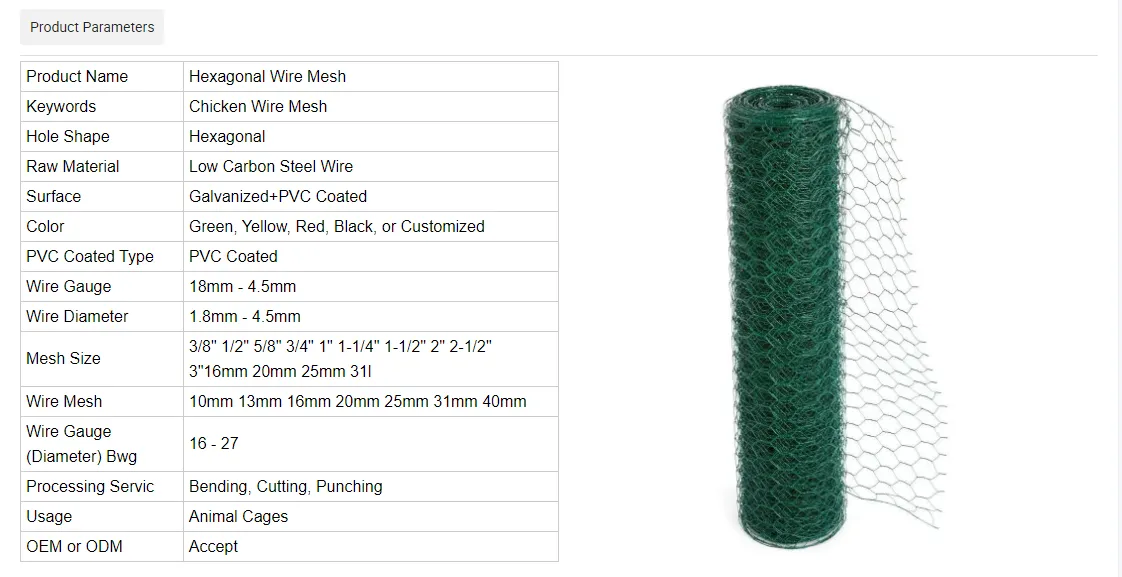Design Considerations for Anti-Climb Fences
In an era where security is a top priority for both residential and commercial properties, anti-climb fences have emerged as a crucial barrier designed to deter unauthorized access and protect sensitive areas. These fences not only serve as physical barriers but also play a significant role in the psychological deterrence of potential intruders. In this article, we will explore the essential design elements, materials, and configurations that make anti-climb fences effective.
Design Elements
The primary purpose of an anti-climb fence is to prevent individuals from easily scaling or breaching the perimeter. Therefore, design features are critical. One of the fundamental aspects is the height of the fence. Typically, an effective anti-climb fence is at least 2.4 meters (8 feet) tall, making it difficult for an average person to climb over. However, height alone is not sufficient; the design must also include features that inhibit climbing.
Vertical Bars and Spacing
The fence design often incorporates vertical bars that are closely spaced to minimize foothold opportunities. The spacing should not exceed 10 centimeters (about 4 inches) to make it challenging for climbers to find gaps to insert their feet or hands. Smooth surfaces on vertical elements further enhance the fence's anti-climbing qualities, reducing the chances of gaining grip.
Additionally, some designs incorporate pointed or angled tops, such as spikes or a crimped edge, which serve to further discourage climbing attempts. The visual impact of these features can act as a psychological deterrent while enhancing the physical barrier.
Materials
anti climb fence design

The choice of materials for constructing an anti-climb fence is crucial for durability and effectiveness. Common materials include high-tensile steel, aluminum, and composite materials, which provide strength and resistance to corrosion. Steel is particularly favored for its robustness and ability to withstand physical impacts, making it a formidable option for areas that may experience high levels of attempted breach.
Wire mesh is another popular choice, especially when reinforced with additional layers or coatings to enhance strength and security. Galvanization or powder coating not only helps in resisting rust but also adds a layer of aesthetic appeal to the fence.
Technology Integration
Modern anti-climb fences may also integrate technology for enhanced security. Motion sensors, cameras, and alarm systems can be incorporated to provide real-time alerts in the event of a security breach. This integration allows for proactive responses and improved monitoring of the perimeter.
Compliance and Regulations
While designing an anti-climb fence, it is essential to adhere to local regulations and guidelines. Building codes may dictate specific heights, materials, and installation techniques to ensure compliance and safety. Consulting with local authorities or professional security consultants can provide valuable insights into the necessary regulations.
Conclusion
In conclusion, anti-climb fences are an effective solution for enhancing security in both residential and commercial settings. Effective design involves considering not only height and materials but also integrating advanced technologies for monitoring and response. By thoughtfully combining these elements, property owners can create a secure environment that deters unauthorized access while offering peace of mind. Investing in a well-designed anti-climb fence is an investment in safety and security that pays dividends for years to come.
-
Versatility of Expanded Aluminum Metal for Various Applications
NewsMay.19,2025
-
The Geometry of Steel Gratings: Why It Matters
NewsMay.19,2025
-
Reinforcement Applications of Perforated Mesh in Masonry
NewsMay.19,2025
-
Essential Tools for Installing a Deck Mesh Railing
NewsMay.19,2025
-
Anti-Slip Flooring Made with Stainless Expanded Mesh
NewsMay.19,2025
-
Adjustable Steel Grating for Uneven Terrain
NewsMay.19,2025
Subscribe now!
Stay up to date with the latest on Fry Steeland industry news.

